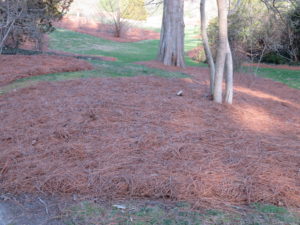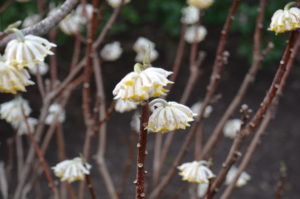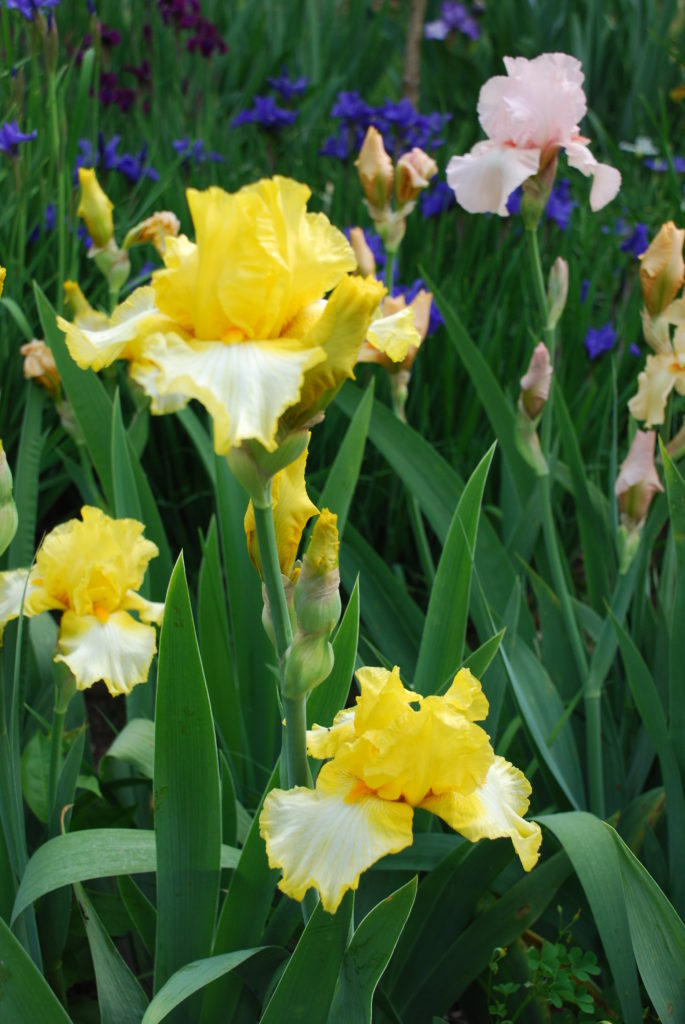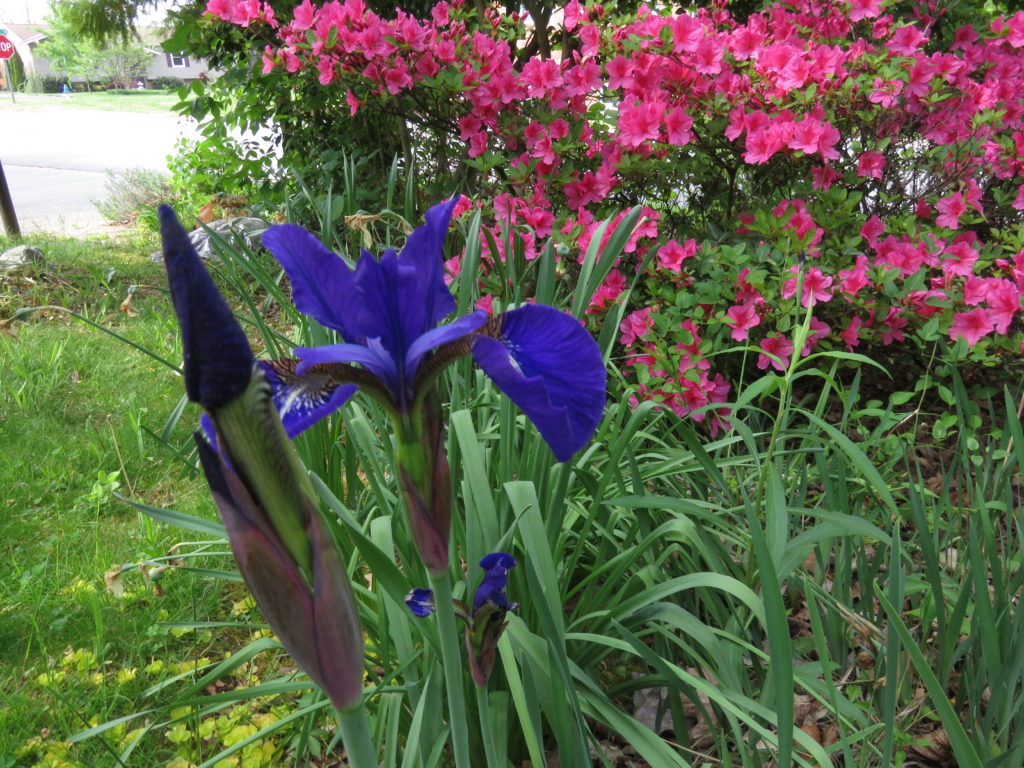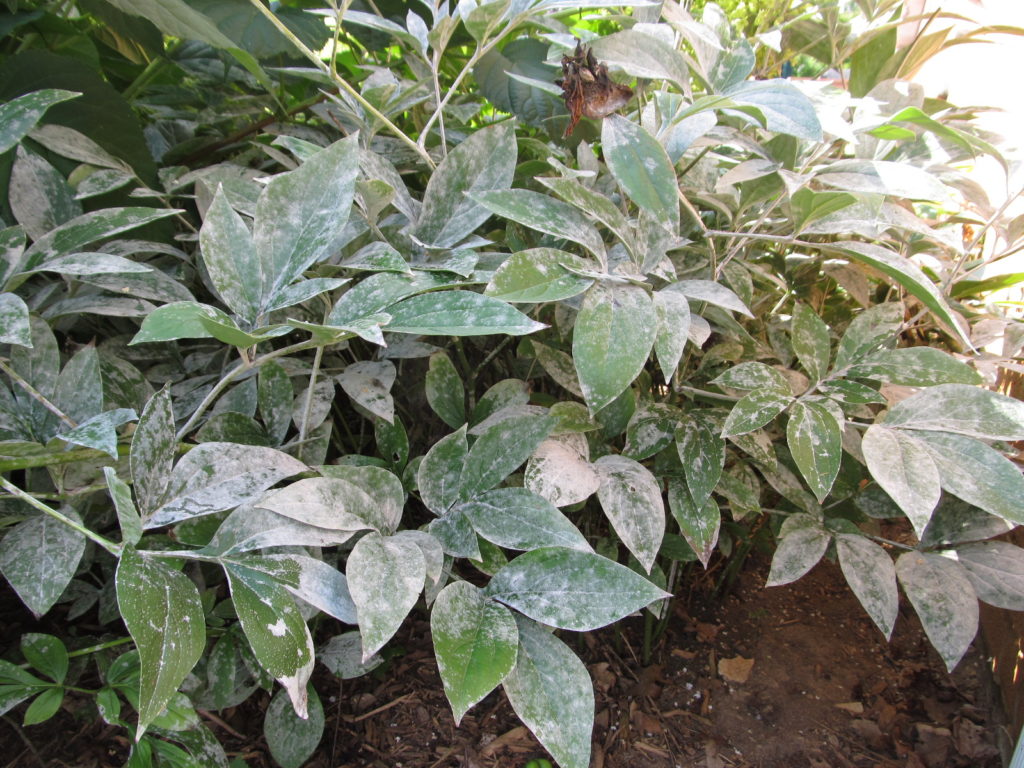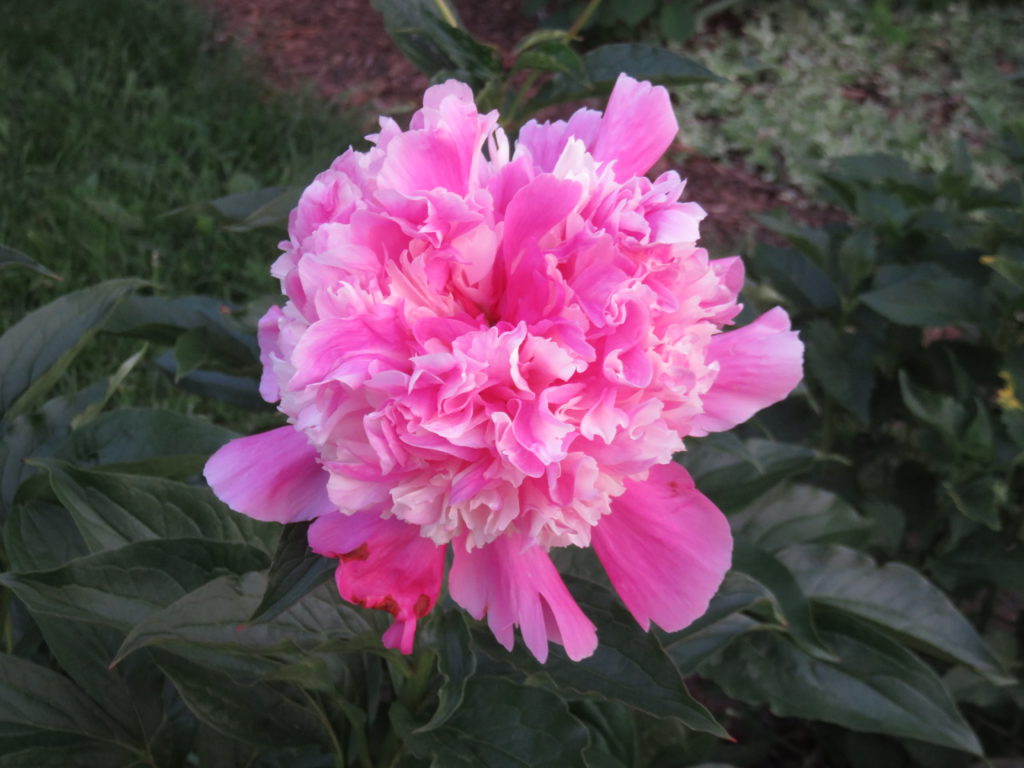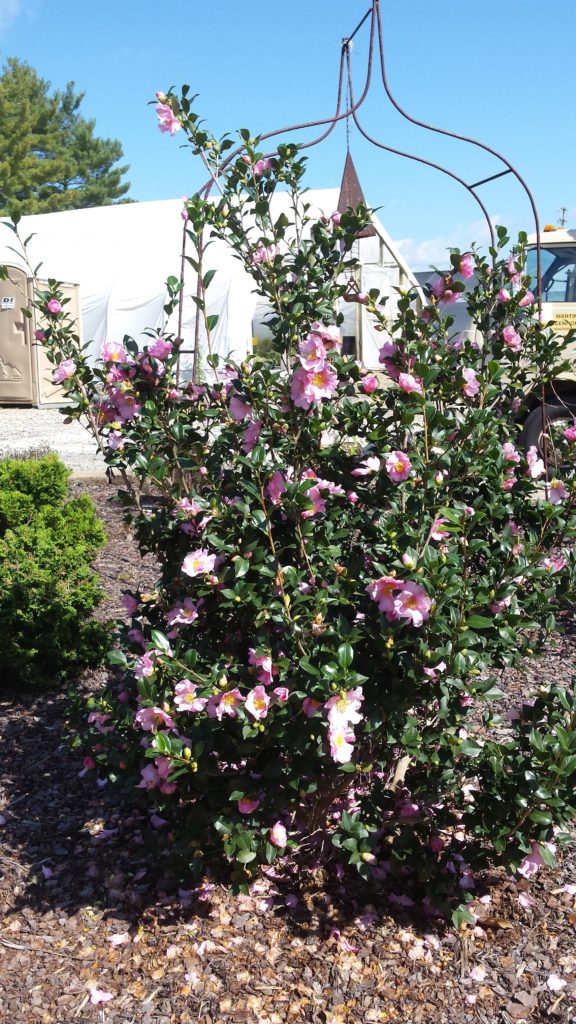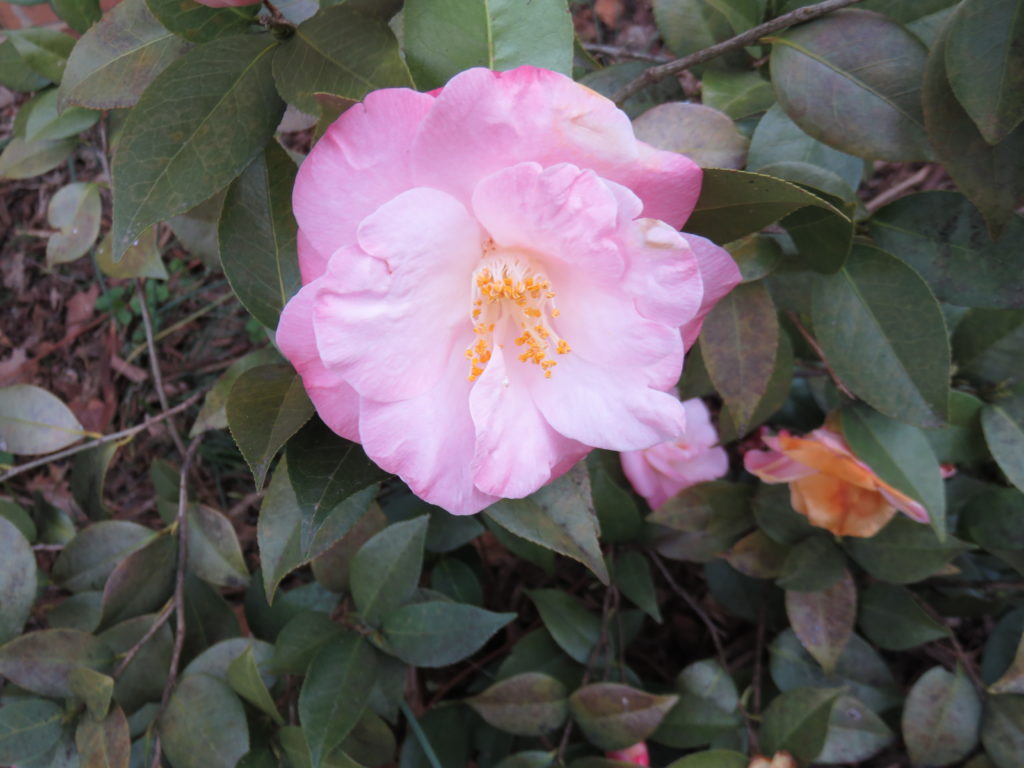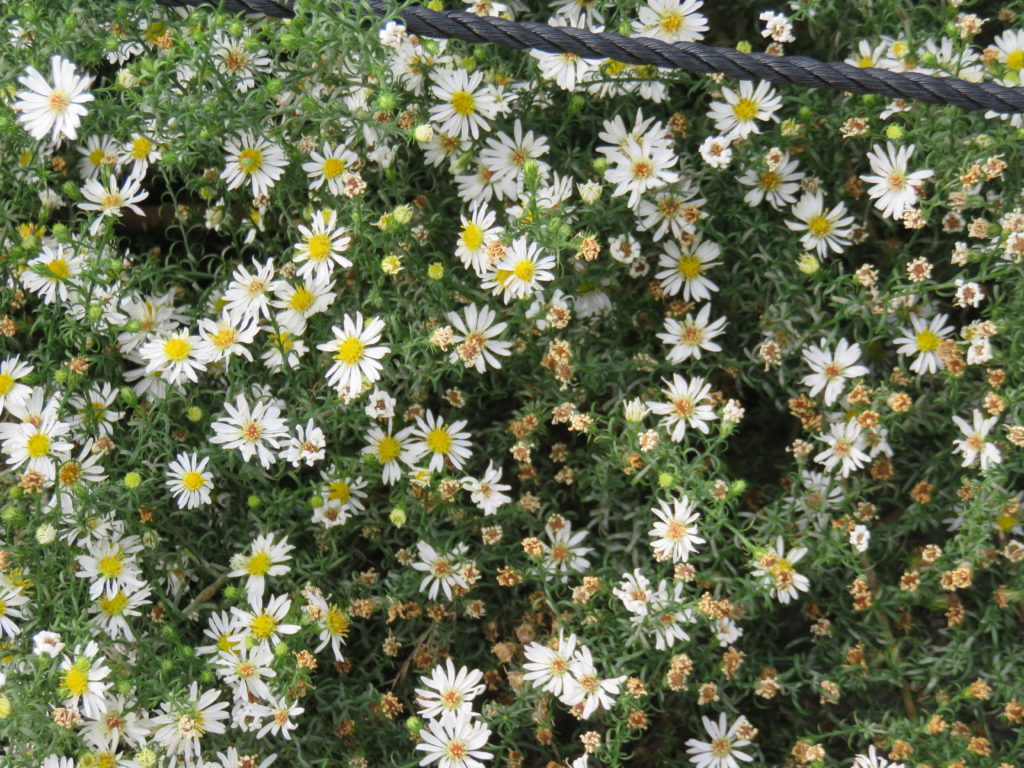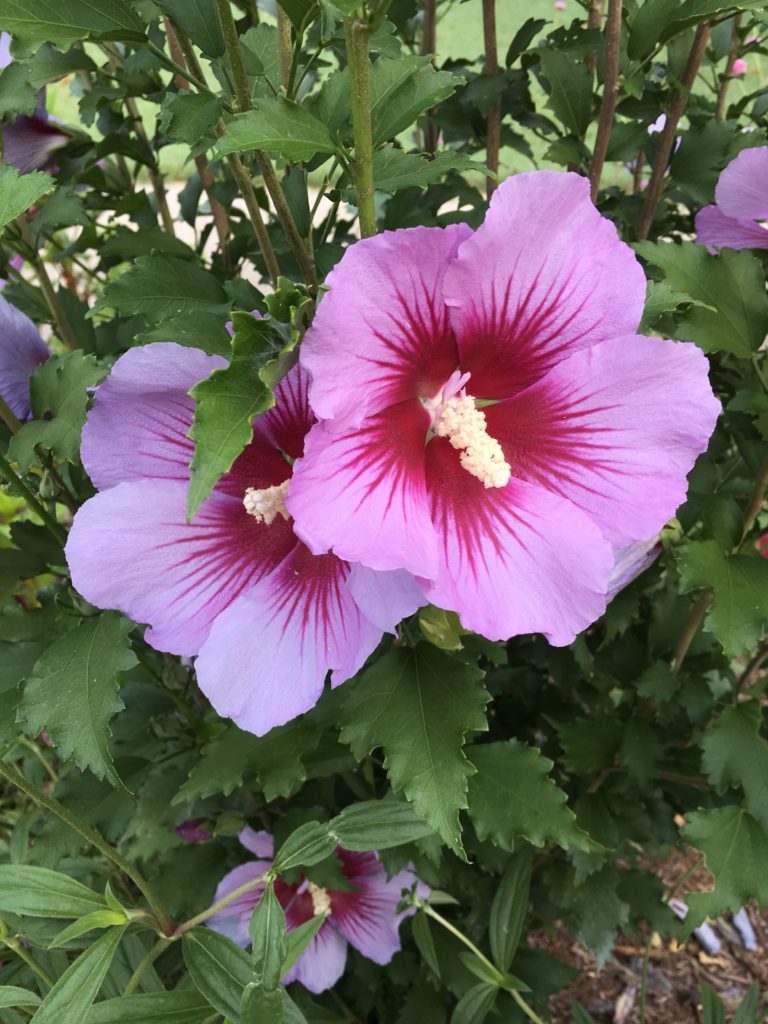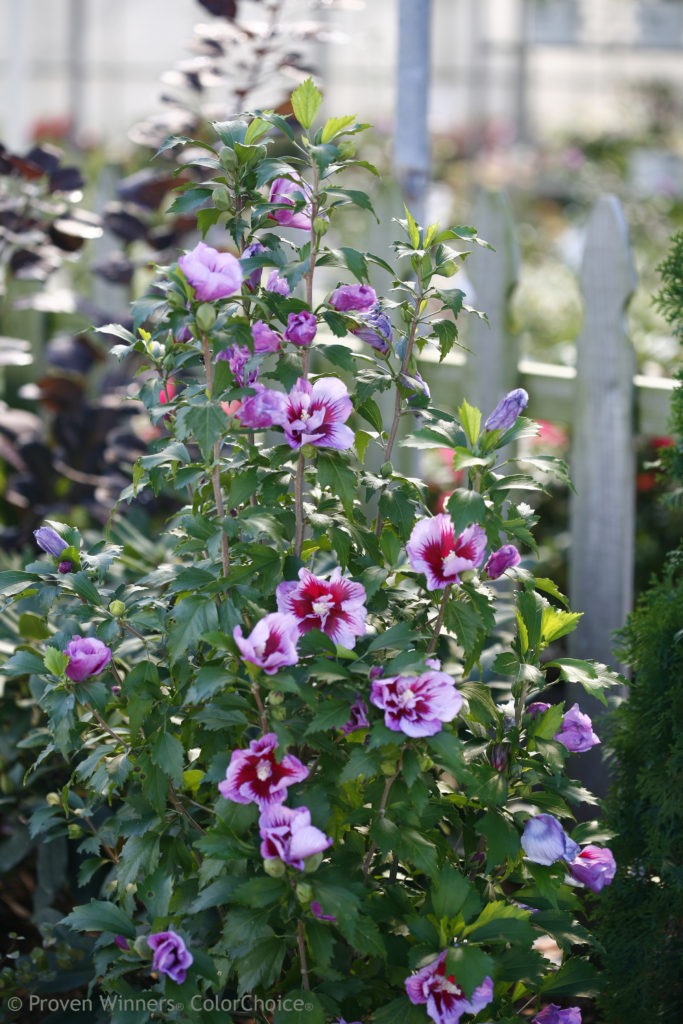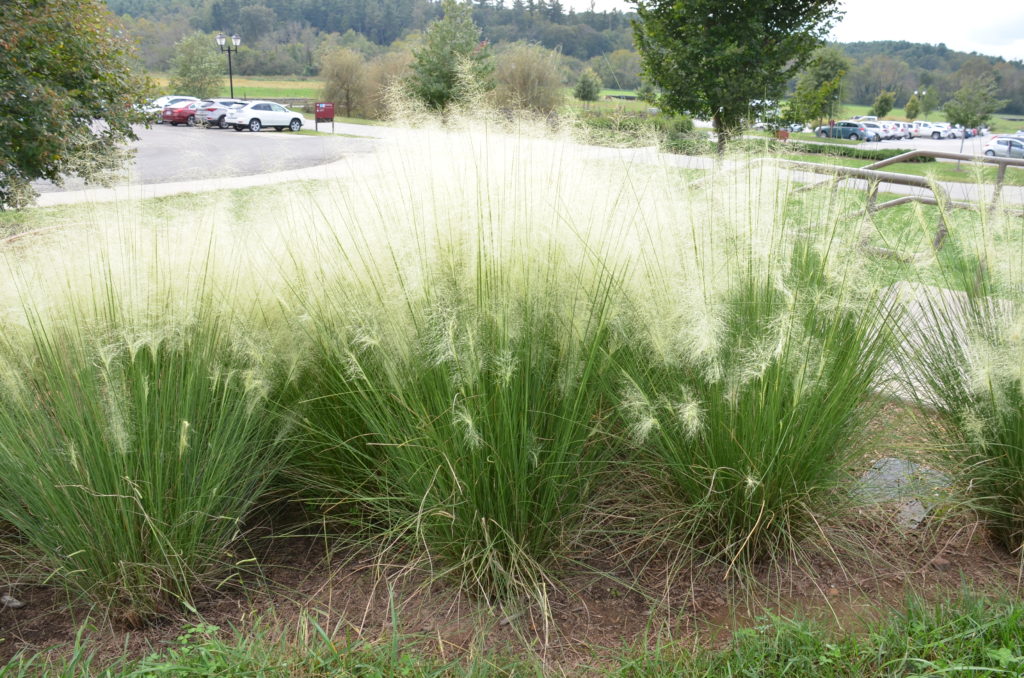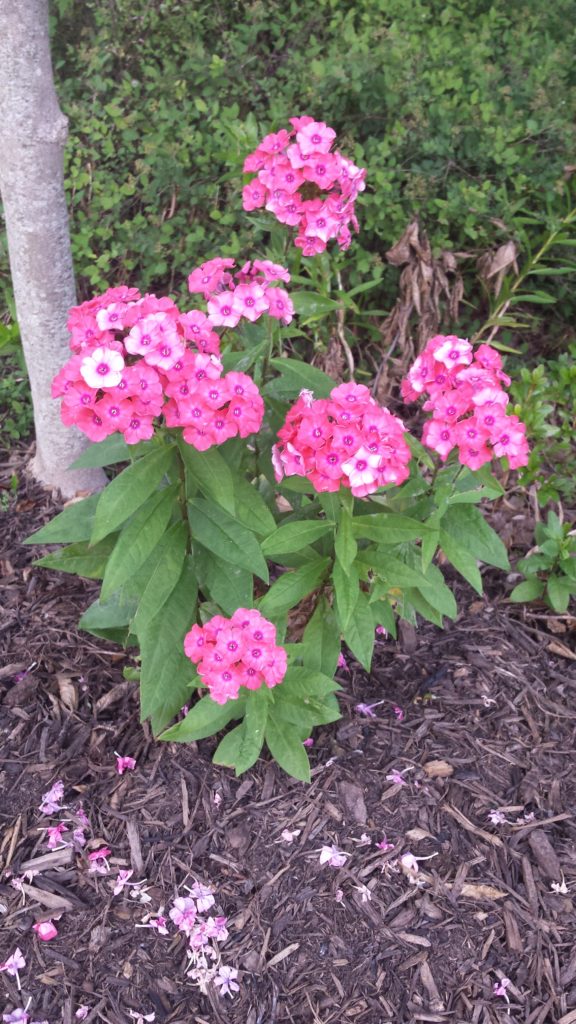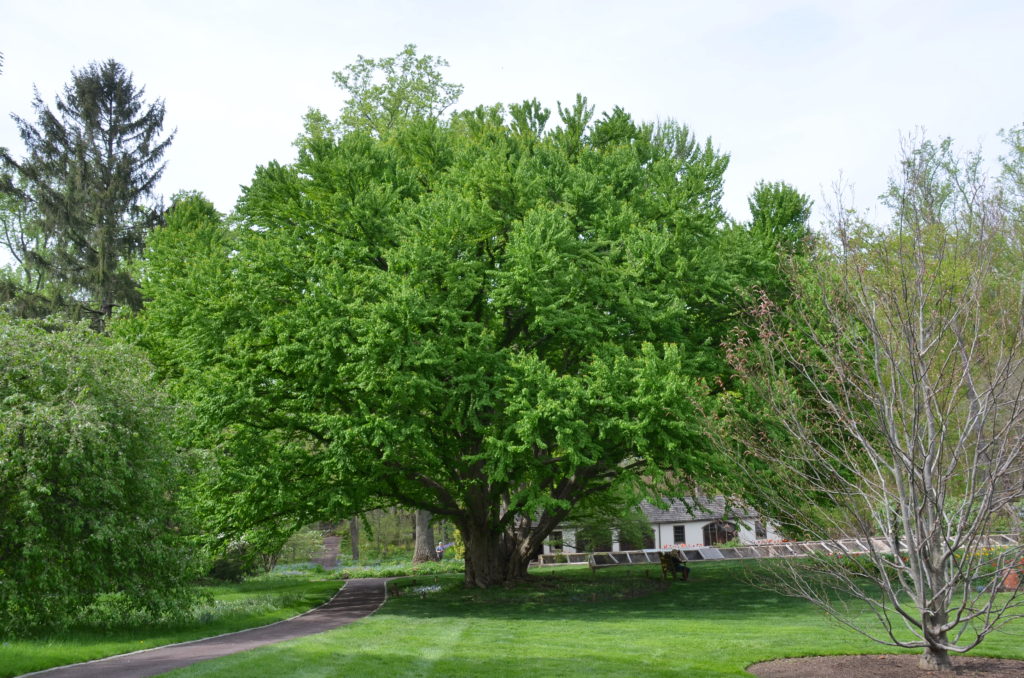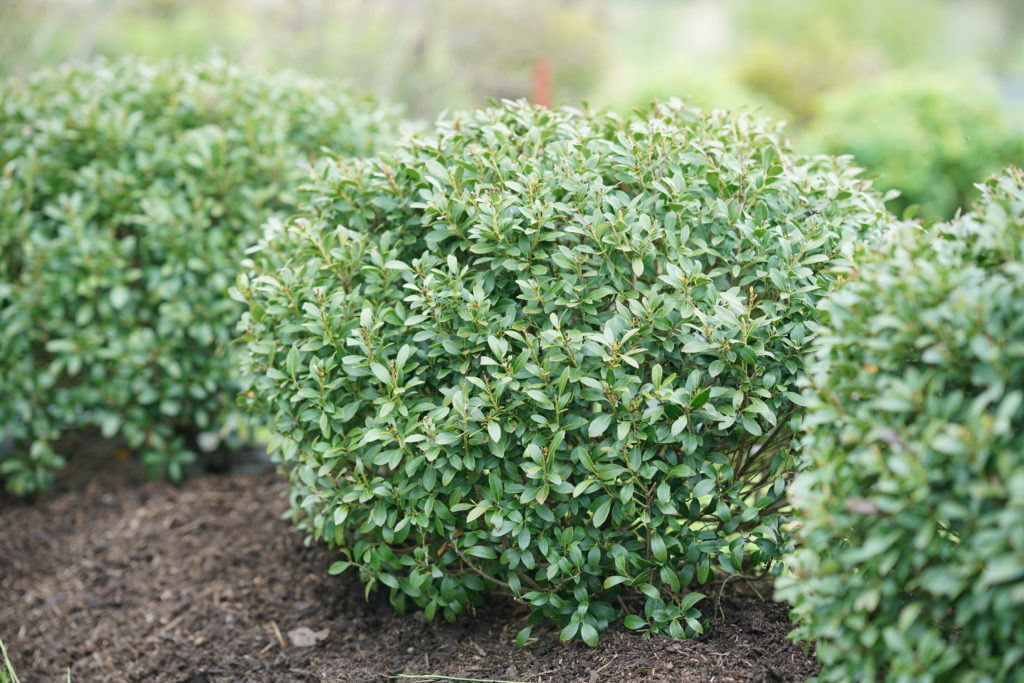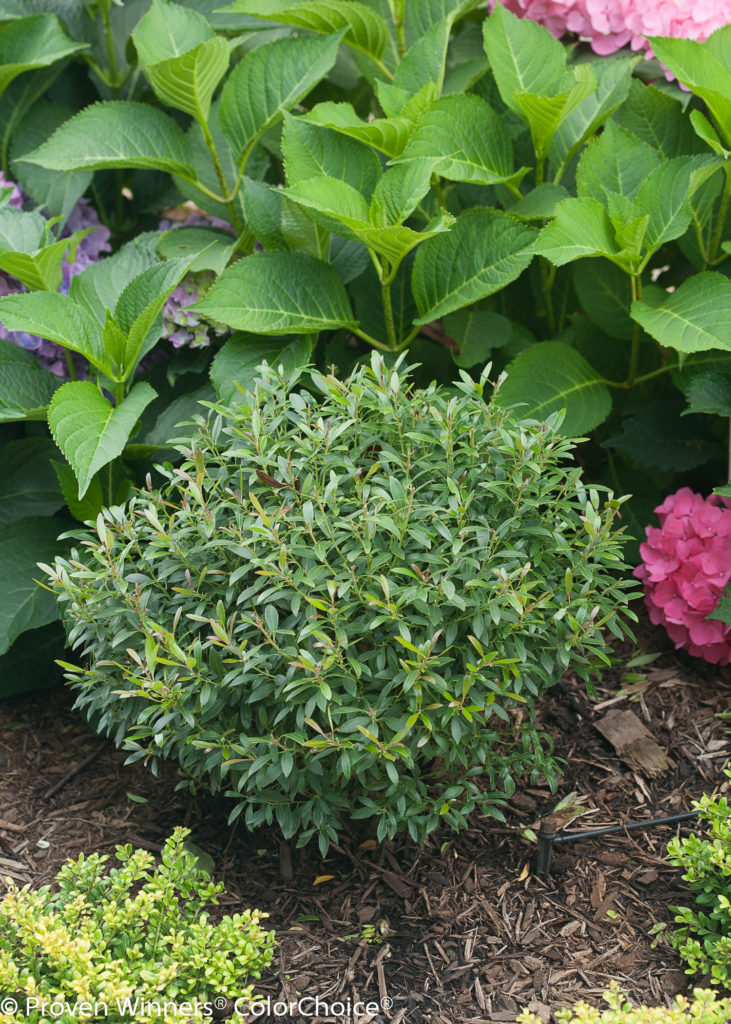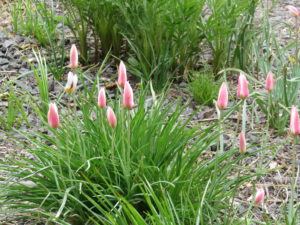
‘Lady Jane’ species tulip
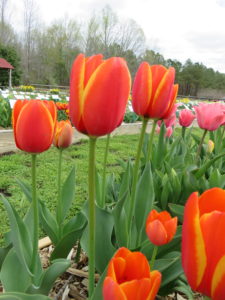
‘World’s Favorite’ Darwin Tulip
Over the centuries Dutch tulip breeders have brought to market 15 groups of the spring blooming goodies (USDA hardiness zones 3-8). The properties determining the group to which each tulip belongs are the shape of its flower, its parentage and its flowering period. Let’s take a peak at “the world of tulips”. Here is a description of 15 groups of tulips.
1 Single Early Tulips are single-flowering tulips that bloom early in the season (April). Typically, they produce fairly large, rounded flowers. The height of single earlies is around 16 inches, which is fairly short as compared to other groups. This makes them perfect for use in pots. Cultivars in this group include ‘Apricot Beauty’, ‘Flair’ and ‘Candy Prince’.
2 Double Early Tulips produce large double flowers early in the season, beginning in April. On sunny days, when the flowers in this group of tulips are wide open, they can reach a diameter of 4 inches. Their height is a bit shorter than that of the single earlies. Examples of double earlies are ‘Brownie’, ‘Foxtrot’ and ‘Orca’.
3 Triumph Tulips (crossing single early and single late tulips) possess sturdy flower stems. This is the largest group of tulips; strangely enough, they often look as if they don’t belong to the same group. Some have small rounded flowers while others have long pointed petals. Triumph tulips reach a height of about 16-20 inches and start blooming in mid-April. Tulips in this group include ‘Rem’s Favourite’, ‘Princess Irene’ and ‘Negrita’.
4 Darwin Hybrid Tulips produce large flowers with that classic tulip shape. Before the flower opens, it has the shape of an egg; once it opens, it becomes an impressive, rounded, wide-open flower. Their height of 24 inches makes them a perfect choice for borders. Darwin hybrids start blooming in mid-April and include such cultivars as ‘Pink Impression’, ‘Apeldoorn’ and ‘World Peace’.
5 Single Late Tulips produce sizable, fairly elongated flowers on tall sturdy stems. They reach a height of around 24 inches and bloom in May. Top favorites are; ‘Queen of Night’, ‘Maureen’ and ‘Temple Favourite’.
6 Lily-flowered Tulips produce slender lily-like flowers with pointed petals. Tulips in this group bloom in May and are around 20-24 inches tall. The lily-flowered group is small. Its most familiar members are ‘Fire Wings’, ‘Ballerina’ and ‘White Triumphator’.
7 Fringed Tulips (Orchid Tulips) have serrated petals. They are 16 to 24 inches tall and bloom from the end of April until far into May. ‘Mascotto, ‘Honeymoon’ and ‘Vios Con Dios’ are some of the well-known cultivars in this group.
8 Viridiflora Tulips (Green Tulip) are easily to identify for their green streaked flower petals. They bloom in May for a long period. They are 8 to 20 inches tall. ‘China Town’, ‘Artist’ and ‘Spring Green’ are popular varieties.
9 Rembrandt Tulips are not commonly found for sale. These tulips have unique feathered patterns on their petals. Some examples are ‘Rems Favourite’, ‘Zurel’, and ‘Sorbet’.
10 Parrot Tulips are single-flowering May blooming tulips that grow 16 to 24 inches tall. Huge showy flowers open wide to look like saucers are with scalloped and heavily fringed petals. Favorites include ‘Bright Parrot’ and ‘Double Flaming’.
11 Peony-flowered Tulips (Double Late Tulips) produce huge double peony-like blooms with rounded petals, some 4 inches across. Double late tulips flower in May and include ‘Angélique’, ‘Black Hero’ and ‘Orange Princess’.
12 Kaufmanniana Tulips (Waterlily Tulips) are early blooming (March). Water lily blooms grow only 4 to 10 inches tall. Three award winners are ‘Ancilla’, ‘Early Harvest’ and ‘Showwinner’.
13 Fosteriana Tulips produce slender flowers and grey-green leaves that start blooming in late March and range in height from 10 to 16 inches. ‘Orange Breeze’, ‘Purissima’ and ‘Orange Emperor’ are popular Fosteriana tulips.
14 Greggii Tulips are species tulips, available in your choice of red, yellow or white and with distinctive striped or mottled leaves. Flowers are fairly small on short stems. They bloom in April; the most familiar cultivars are ‘Fire of Love’, ‘Red Riding Hood’ and ‘Toronto’.
15 Species Tulips (Dwarf Tulips) are smaller than other tulips, ranging from 3 to 8 inches tall. Species tulips bloom earlier than most species and flowers are typically star-shaped. Some 65 species tulips are available, each varying in shape, color and fragrance. The most known species are T. turkestanica, T. sylvestris and T. tarda.
Information sources: Brent and Becky’s Bulbs in Gloucester, VA and Bulb.com

